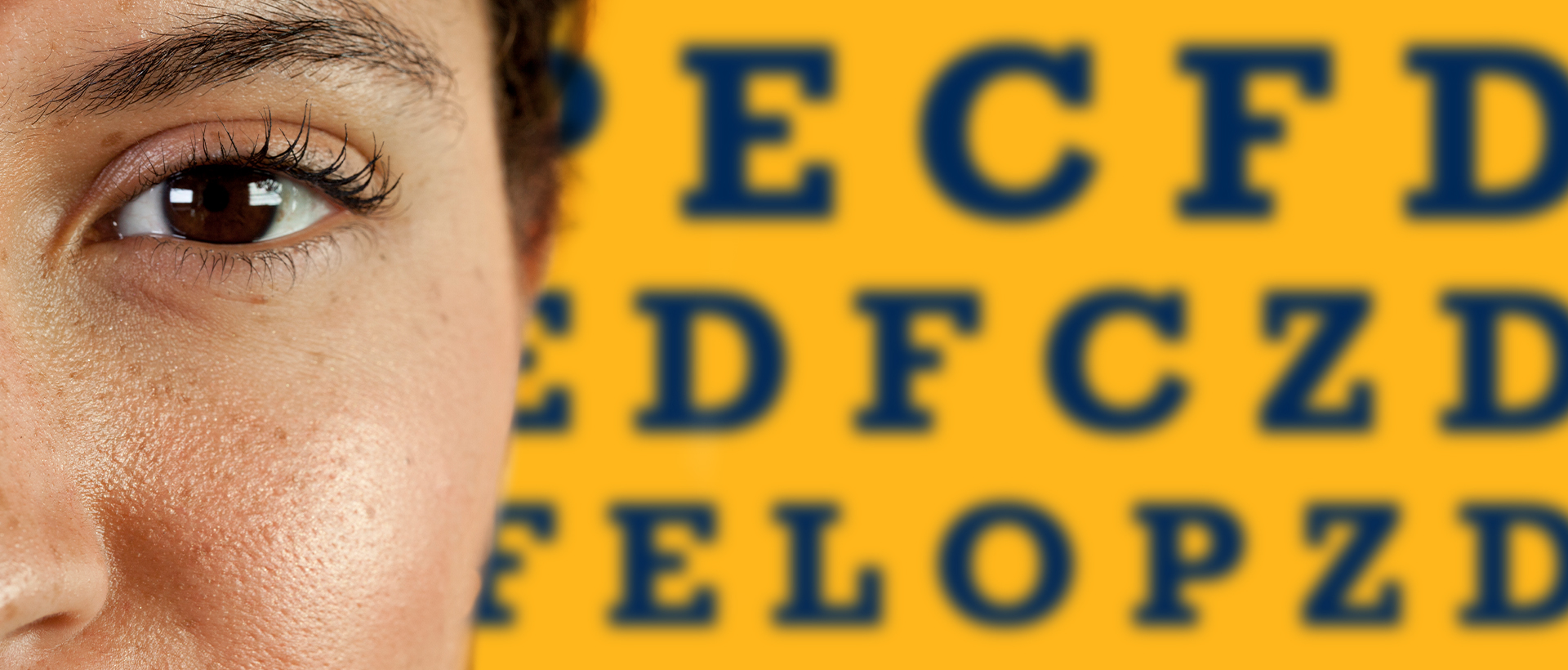When you hear the words “Snellen Chart”, the vision test at your optometrist or ophthalmologist’s office may come to mind. It’s the one with the big, retro-looking “E” that’s often followed by seven or more lines of letters that get progressively smaller with each line. Invented in 1862 by Dutch opthamologist and professor, Hermann Snellen, this groundbreaking eye chart became the standard for eye exams, and still is today.
It all started with a font
Before Snellen, eye charts were limited to the fonts available at local print shops. As a result, their efficacy was largely determined by the readability of the font used. With no set standard or font, determining the objective accuracy of someone’s eyesight was near impossible. Snellen changed all this by standardizing the test with the iconic Optician Sans font we know today.
Seeing history through a different lens
During the industrial revolution at the turn of the century—good vision was a critical requirement. That’s because the majority of the population consisted of factory workers who operated heavy machinery and often worked in hazardous environments. This gave rise to the growing need to more accurately test eyesight in order to improve the effectiveness of eyeglasses, which in turn would improve the productivity and efficiency of the workers.
Putting eye exams into perspective
Today, more than 160 years later—the Centers for Disease Control and Prevention (CDC) states that 61 million adults in the United States are at high risk for serious vision loss. Approximately 12 million people ages 40 years and over have vision impairments. And because of the ubiquity of phones, tablets and other electronic devices—children too are now twice as likely to be nearsighted (compared to 50 years ago).

Why the Snellen Exam still matters today
Even with all the modern advances in technology and optometry, the simple Snellen Chart is just as relevant today as it was more than 160 years ago—with the exception of a few noteworthy updates. Since the original Snellen and LogMar vision charts only consisted of ten letters to test visual acuity, Norwegian advertising firm ANTI Hamar helped to design the missing 16. This new, complete font is known as Optician Sans.


